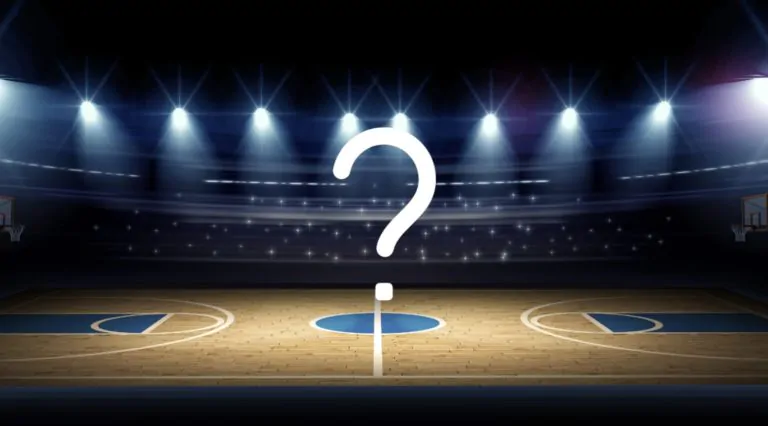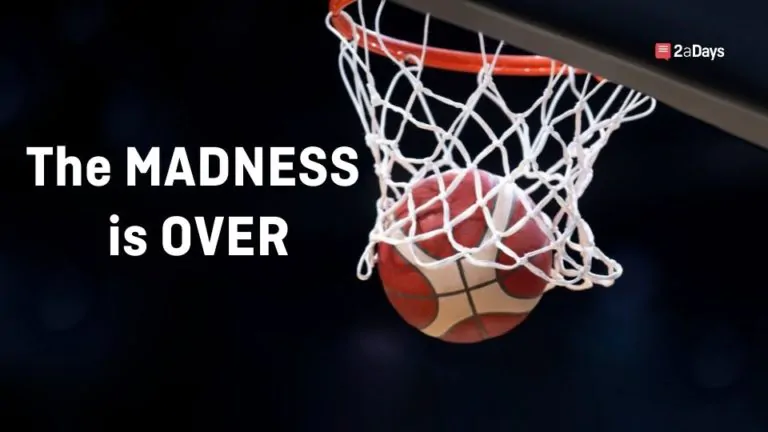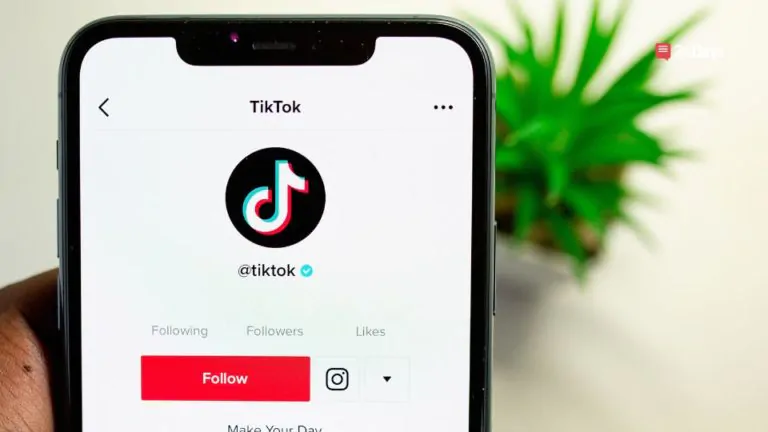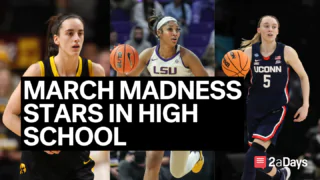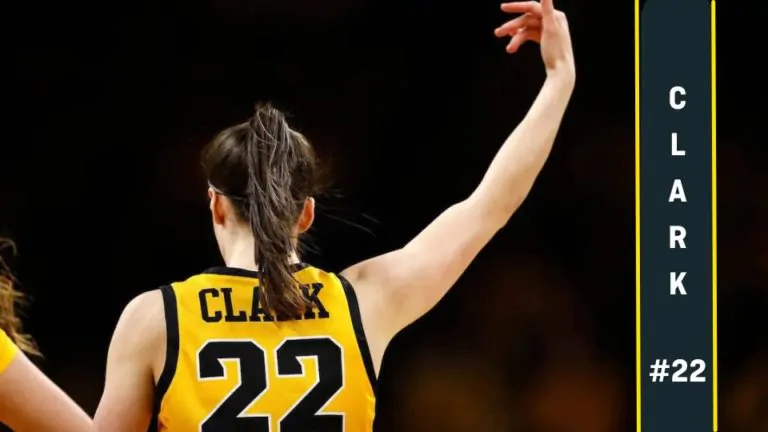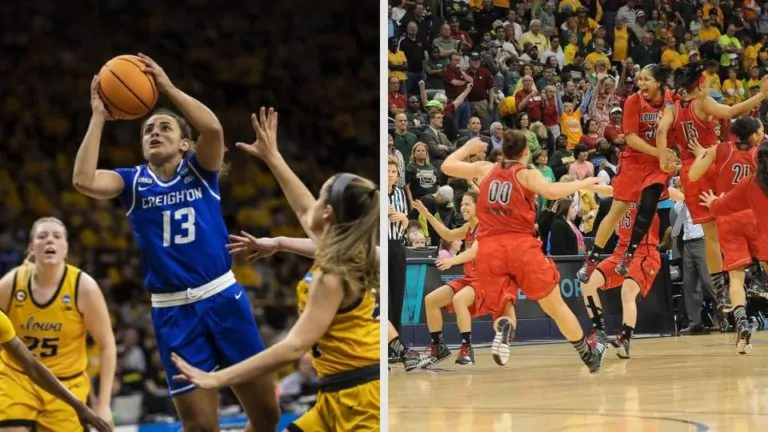The NCAA has been under quite a bit of fire for the past few days, and for good reason.
I'm sure you've heard the news—before Dick's Sporting Goods donated a bunch of equipment to women's basketball players competing in March Madness, the tournament looked like a train wreck. From disparities in swag bags to lower-quality COVID testing, to inedible food, the NCAA dropped the ball when planning the women's tournament. It's a lot to keep up with and I've had many conversations about it recently, so to avoid repeating myself too much, here are some consistent questions I've answered.
This has to be a Title IX violation, right?
Technically, no it's not. Title IX mandates equitable opportunities between men and women at government-funded institutions. The NCAA hosts March Madness for both men and women, and the NCAA itself is technically a non-profit organization that doesn't receive federal funds. What Title IX mandates in situations like March Madness is that men and women's teams have equitable treatment. For example, the University of Iowa has a men's and a women's team competing, so Title IX requires the university to provide them with equal funding and resources in the postseason (think modes of transportation and meal stipends). Although the NCAA's treatment of the women who made it to March is questionable, should be some kind of rule violation, it's not a breach of Title IX. However, recent events have highlighted the necessity of Title IX by highlighting an ugly reality within collegiate sports—if institutions were not mandated to fund women's athletics, they probably wouldn't.
However, Title IX doesn't mean all is well at the institutional level either—there are many bases that that the law does not cover. For example, Title IX does not require that equal dollars be spent on men's and women's teams. According to the NCAA's website, “the only provision that requires that the same dollars be spent proportional to participation is scholarships. Otherwise, male and female student-athletes must receive equitable ‘treatment' and ‘benefits.'” The problem here is that universities still violate these standards all the time. According to the NCAA's most recent financial report, women college athletes only receive 18% of operating budgets, 30% of competitive opportunities, 41% of scholarship funds, 46% of championship opportunities, and 29% of recruiting dollars at the FBS level. These discrepancies add up—according to Champion Women, a nonprofit organization dedicated to promoting and supporting women's athletics, these disparities collectively deny women athletes 128, 300 sports opportunities, $750,344,966 in scholarship funds, and $158,412,813 in recruiting dollars every year (not including publicity, coaching, locker rooms, equipment, and travel expenses).
But please, tell me more about how Title IX takes away from male athletes.
Women earn less revenue than men so they deserve fewer amenities, right?
The first part of this argument is technically correct—female college athletes do earn less revenue than male college athletes. However, they also receive far fewer resources than men, and sports is a business—you need to spend money to earn money. In addition to the aforementioned monetary discrepancies, women's sports in general also receive less media exposure, and lower-quality reporting than men. Reports indicate that women's sports only receive 6-9% of total airtime on major networks and sports reporting for women is also lower-quality than content produced for men. This is important—in summer of 2020, the WNBA increased its exposure on major networks as a part of the players' collective bargaining agreement. As a result, viewership increased by 68% this past year alone.
The revenue argument also falls short because even when women's teams generate plenty of money, they're still not treated as well as their male counterparts. For example, in professional soccer, the U.S. Women's National Team has been fighting for equal pay for years, in spite of the fact that they earn more revenue than the men's team. And contrary to popular belief, women's basketball is an impressive revenue generator. According to author and economics professor David Berri, in the 2018-19 season, women's basketball generated $974 million in revenue, following behind football and men's basketball. The disparities in amenities we see between men's and women's sports isn't about revenue—it's about misogyny.
Women athletes don't lift weights like men, so they don't need as much equipment, right? Plus, it's the postseason—strength training doesn't really matter now.
This is by far my least favorite take. Contrary to what many believe, female athletes do lift heavy weights and they need to maintain their strength until their season is over (postseason included). Over the weekend, Gonzaga basketball player, Jill Townsend took to the media to explain the benefits of lifting in the postseason: “The weight room serves as a health standpoint for us. It's injury prevention, getting our lifts in. You know, we lift two to three times a week to maintain the muscle we put on nine months prior to the season, to maintain that. From a health standpoint, a good weight room is kind of essential to us.”
Townsend is spot-on. Strength training reduces injury risk by building a strong foundation and correcting muscular imbalances, which is just as important for female athletes as it is for male athletes—in fact, a study showed that risk of ACL injuries in female soccer players was reduced by 88% when these athletes incorporated a quick 15-minute-per-day strength session into their routines. Among competitive athletes, basketball players are at the highest risk of tearing their ACLs, likely due to the start-and-stop nature of the game, and women are more likely than men to tear their ACLs because of their anatomical differences. By not lifting in the postseason, female athletes heighten their already high risk of injury. Regular weightlifting also is uniquely beneficial to women because regular strength training increases bone density, improves body image satisfaction, and enhances mental health, all of which are bigger health issues for women than for men.
What can I do to support female athletes?
This is the best question I've received all week! Supporting female athletes is easy—watch women's sports. March Madness is currently in full swing for both men and women, so seek out women's games (schedule here). Sometimes, you have to dig or watch online, but viewership is essential to supporting female athletes. Also consider watching women's sports in-person. If you live anywhere near San Antonio, women's Sweet Sixteen and Elite Eight tickets are currently on sale for $25 apiece. College towns are also hotbeds for women's sports year-round , and tickets are usually unbelievably cheap, so consider carving out time for a softball or volleyball game, or track or gymnastics meet on the weekends if you live near a university. If you can't watch in-person, watch games on television or stream them online (and it's too late to make a women's bracket this season, but make one next year if you love March Madness).
In short, speak with your consumer habits. It seems like money and social pressure are the NCAA's primary languages. The more we watch women's sports, the louder we get.
Sign up for our Varsity or Full Ride memberships
* Originally published on March 22, 2021, by Katie Lever, Ph. D

